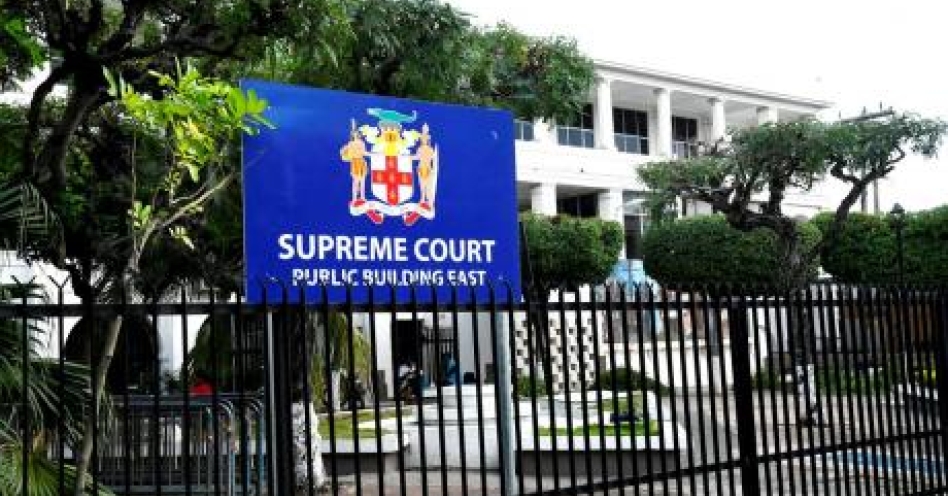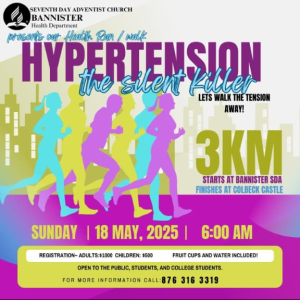The Virgo judgment: Cutting through the legal patchwork
Article By: Melissa Simms
-

- Aug 04, 2020 08:36 PM | Commentary

A further review of the grounds advanced in light of established legal principles leaves one convinced that only the grounds below were relevant to case:
1. the right to freedom of expression;
2. the right to freedom from discrimination on the ground of – race, place of origin, social class, colour, religion or political opinions;
3. the right of everyone to - respect for and protection of private and family life, and privacy of the home; and
4. the right of every child –
i. to such measures of protection as are required by virtue of the status of being a minor or as part of the family, society and the State;
ii. who is a citizen of Jamaica, to publicly funded tuition in a public educational institution at the pre-primary and primary level.
Regrettably, it appears that the court doesn’t address the right to freedom from discrimination on the ground of race, or social class […]. This is concerning, as based on facts of case this ground seems most relevant.
Hairstyle must be worn with intent
Furthermore, the Court appeared to have erred on two grounds, conflating freedom of expression with religious expression, especially erroneous given that its clear on facts that religious exemption from school’s policy didn’t arise. While the second error, is the narrow interpretation of freedom of expression in relation to hair, to mean “any form of expression that is used to communicate a particular idea, […] includes hairstyles worn with intent (para 133).”
This finding of the Court is challenging on two fronts. Firstly, while there are limitations on the right of freedom of expression, one is hard pressed to find authority to support the interpretation that an idea must be expressed and be understood. As conversely the right to freedom of expression includes the right to silence, as expressed in K. v. Austria, 1993, § 11.
Furthermore, what intent could a minor of five years form independent of parents’ value system? This identifies the necessity in having the parents joined as a party and for the exploration of the “right of everyone to - respect for and protection of private and family life.” In this case, specific to the Virgo’s family’s value system to include their physical representation which elementally embraces their minor child.
The same European Court of Human Right on which the Court relies, found in Costello-Roberts v. the United Kingdom, judgment of 25 March 1993, para.36, that “private life is a broad concept” which is incapable of exhaustive definition. Also, in an earlier case, the Court said that “it would be too restrictive to limit the notion [of private life] to an “inner circle” in which the individual may live his own personal life as he chooses and to exclude therefrom entirely the outside world not encompassed within that circle.” Essentially, there is cogent authority that a family’s value system can be expressed externally and arguably includes physical representation such as hairstyle.
Retreating from the domestic legal framework, internationally and regionally, Jamaica is a party to treaties that recognizes the rights of individuals to freedom of expression (article 19 UDHR, article 19 ICCPR, and article 13 ACHR). As with most rights, there are limitations to their enforcement in some circumstances, such as threats to public health.
In this case, the court accepts that the policy of ‘no braids, no beads, no locking of hair’ supports the school’s policy which is “measures […] designed to meet the objective as identified and based on the past experiences in this regard at the school. The objective of creating a more controlled hygienic environment is important to the proper order and effective learning at the school (para 160).”
This finding of the court is deeply concerning, as it has accepted that - braids, beads and locked hair - are unhygienic, without more. Critically, the mischief that the school aims to cure could be adequately dealt with by requiring parents to ensure that their children’s hair is kept neat and clean throughout the school term.
Thus, the specification of ‘no braids, no beads, no locking of hair’ appears discriminatory as it is targeting an identifiable group to include ZV. This oral specification of ‘no braids, no beads, no locking of hair’ challenges the non-discriminatory aims of the Dress and Grooming Policy issued by the Ministry of Education in 2018, which wasn’t even examined in the judgment.
Furthermore, an examination of the facts show that the Principal did not identify ZV’s hair to be factually unhygienic, instead the hair as worn was deemed to be a potential source of hygiene challenge. The fact that the court failed to query this issue is concerning. This further highlight error on the Court’s part in failing to address the issue of ZV’s “right to freedom from discrimination on the ground of – race, social class […].”
Right to Education
Also, absent in the reasoning of the Court, is the issue of proportionality relative to the issue of ZV’s and family’s physical representation, in contrast to the school’s obligation to maintain hygienic standards to protect school. It is without debate that the school can achieve its hygienic standard, without requiring a specific hairstyle or the non-wearing of a specific hairstyle.
In the specific circumstances of the case, the Court erred in its wholesale adoption of the reasoning in the case of Ali v The United Kingdom 40385/06 [2011] ECHR 17 (11 January 2011) without seeking to distill the facts materially from the case before it.
In the Ali case, the exclusion from school arose after Ali was implicated in a criminal act and later lost his place at the school due to lack of interest from his parents in acting on the school’s correspondence. Contrastingly, in ZV’s case there was no criminal complaint, furthermore there wasn’t even any identified issue with the child’s hygiene. The only issue is the fact of child’s hairstyle. Thus, the Court was in error in moving to find that “2nd Claimant does not have a right to attend a particular institution and as such Kensington Primary School can reject the 2nd Claimant as a student, para 123”
Instead, the Court should have assessed Kensington’s reason for issuing its directive to ZV’s parents. If the Court had concerned itself with that issue, it may well have reached a different conclusion. As it is without debate that the reason offered by the school is discriminatory against ZV and a whole class of persons sporting similar hairstyle. Essentially, the Court concerned itself with the wrong question.
The way forward
This case highlights need for legal reform to include the Constitution, to have clearer articulation of the rights of citizens. Additionally, it further highlights the lack of legislation to deal with issues of discrimination and its varied manifestations. Finally, a Human Rights Institute is well needed to educate stakeholders on discriminatory behavior and to develop systems to deal with such issues before they proceed to court.
Melissa Simms is an attorney-at-law. For feedback email editorial@oldharbournews.com.





















